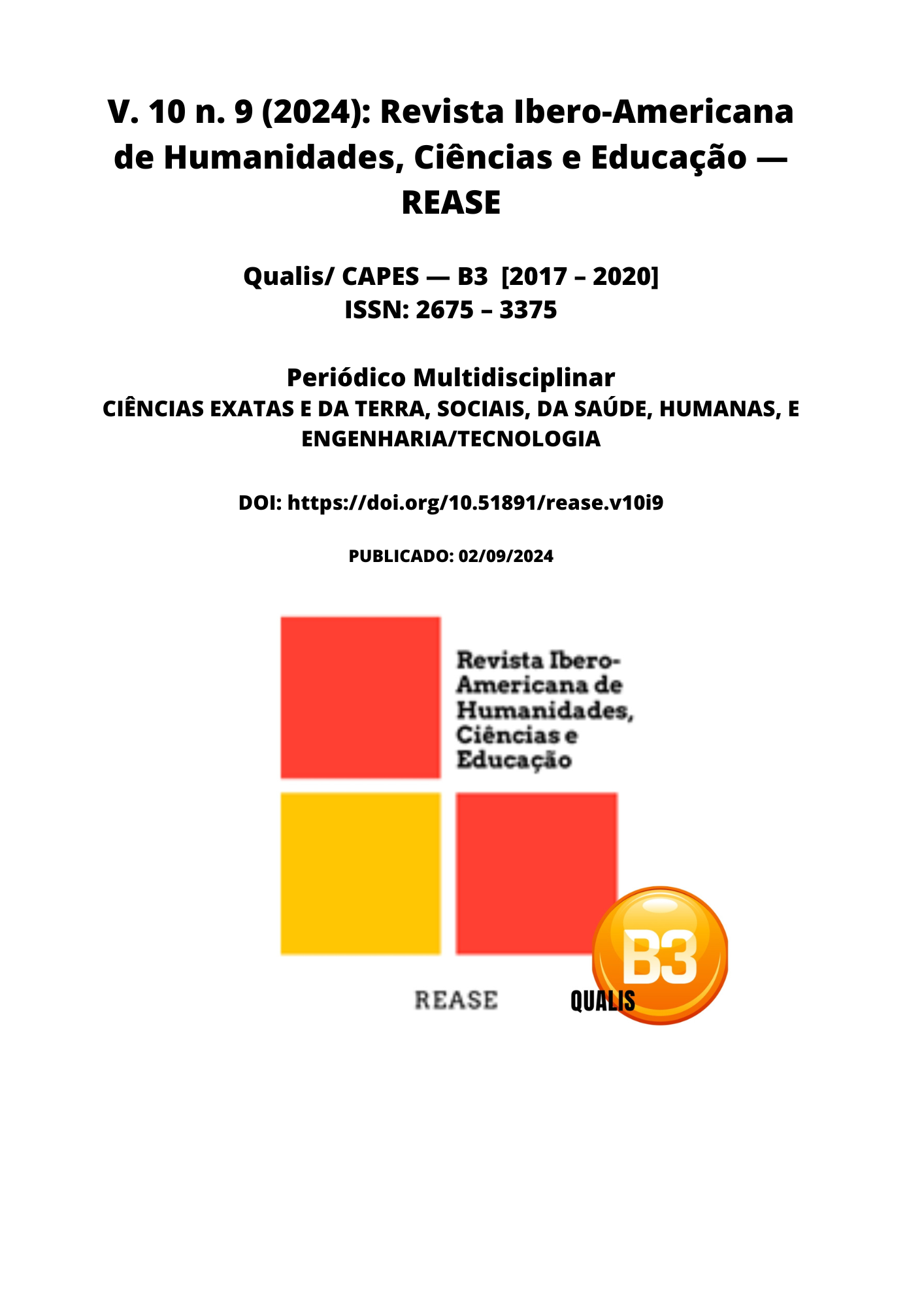PHEOCHROMOCYTOMA: DIAGNOSIS, TREATMENT AND CLINICAL PERSPECTIVES
DOI:
https://doi.org/10.51891/rease.v10i9.15863Keywords:
Pheochromocytoma. Therapeutics. Diagnosis.Abstract
This literature review gathered articles published preferably in English, Spanish, French and Portuguese in the last five years in the PUBMED database, aiming to review the diagnosis, treatment and clinical perspectives of pheochromocytoma. Pheochromocytoma is a rare tumor of the chromaffin cells of the adrenal medulla, responsible for the excessive production of catecholamines (adrenaline and noradrenaline), resulting in hypertension, headache, sweating, palpitations and severe hypertensive crises. It can be associated with genetic syndromes such as Hippel-Lindau and MEN 2. Diagnosis is made by laboratory tests that measure catecholamines and metanephrines, in addition to imaging tests to localize the tumor. The main treatment is surgical removal after preoperative preparation with adrenergic blockers to control hypertension. In malignant or metastatic cases, additional treatments such as chemotherapy or radioisotope therapy may be necessary. After surgery, long-term follow-up is essential, as there is a risk of recurrence. The prognosis is generally good, but malignant tumors have a worse progression. Early and appropriate management is crucial to avoid complications and improve patients' quality of life.
Downloads
Downloads
Published
How to Cite
Issue
Section
Categories
License
Atribuição CC BY

